Imagine this: at the end of a long, tiring day, you step into a gorgeously built freestanding soaking bathtub. You find yourself enveloped in warm water, and for an instant, the world dissolves. Sounds perfect, right? But do you know why this lavish appliance entered modern bathrooms? Freestanding tubs are steeped in history (an interesting history) and have changed significantly over the centuries. From utilitarian holds of utility to showcases of refinement and repose, these tubs have a tale to share.
If you've followed home design or wondered where that beautiful thing in your bathroom came from, this article is for you. So, let's take a deep dive into the history and evolution of the freestanding soaking bathtub.
What Are Freestanding Bathtubs?
To understand how we arrived at this point, we need to step back in time — way, way back. The earliest historical records of people taking baths date to more than 5,000 years ago in ancient cultures. Baths weren't merely about cleanliness but were closely connected to rituals, health, and social interactions. So it did, starting with the elites of societies, including Mesopotamia and Ancient Egypt.
The Early Days
l The Ancient Egyptians: Egyptians had a weirdly amazing relationship with water. For them, it represented purity and renewal. Rich Egyptians had stone or alabaster tubs filled with water fetched by hand from the Nile. Functionality was paramount, but their baths also tended to be luxurious.
l The Greeks and Romans: The Romans took it further, specifically with their public bathhouses. However, the wealthy began using freestanding tubs in private homes as a status statement. These early tubs were rudimentary and crafted from hewn stone or terracotta.
The Dark Ages of Bathing
During the Middle Ages, bathing fell out of favor in Europe for hygiene reasons (it seems ironic, no?). Where available, freestanding tubs were utilitarian wooden barrels covered with cloths to avoid leaks. Luxurious soaking baths were put on the back burner to make space for practicality.
The Renaissance of Bathing
The Renaissance period should be considered a renaissance of art and culture—and bathing! By the 16th and 17th centuries, elaborate and decorated bathtubs began to appear. Bathing became a medical necessity and a luxury for the aristocratic class.

The Copper and Cast Iron Revolution
By the 18th Century, more refined manufacturing methods made bathtubs easily available in cast iron and copper. These were frequently lined with porcelain, which made tubs both durable and graceful. Thereabouts, bathtubs started to look more like the freestanding soaking bathtubs we adore today. The classic look became the clawfoot tub with its trademark feet.
Why Clawfoot Tubs Stood Out:
l Their design made the space under the tub easy to clean, an important consideration at the time.
l Their timeless, ornate look complemented the homes of then-wealthier Americans.
The Industrial Revolution and the mass production
The 19th-century Industrial Revolution reinvigorated bathtub production. Mass manufacturing made bathtubs possible for the middle class. Cast iron tubs with ceramic coatings became more common, and freestanding designs maintained their reign. It was only in the Victorian era that bathing became a daily practice, and ornate freestanding tubs were common in grand bathrooms.
At this time, plumbing systems had advanced enough to connect tubs directly to the water source. This was a huge game-changer. Bathing is revealed onscreen in its bath and clothes and moved from the kitchen or the garden to the bathroom.
The Rise of Built-In Tubs in the 20th Century
This brings us to the 20th Century when built-in bathtubs became the norm. They struck the right note as practical, space-saving solutions while also fitting with the modern, minimalist vibe of the moment." Freestanding tubs didn't go away completely but became less prevalent as urbanization and smaller living spaces increased.
Freestanding soaking bathtubs, as artistic as they were, were also less convenient than built-in models. For decades, soaker tubs took a back seat, regarded more as a luxury fluffy for an established home.
Freestanding Soaking Bathtubs Make a Modern Comeback
Fast forward to today, and freestanding soaking bathtubs are making a comeback—and stronger than ever. Modern homeowners are finding new ways to love them. Why the comeback? A few reasons:
Focus on Self-Care
The wellness craze has swept the globe, and bathrooms are now more than functional spaces—they're sanctuaries. Freestanding soaking bathtubs are perfect for creating a spa-like experience at home.
Design Appeal
Freestanding tubs are a showstopper in any bathroom. Their sculptural designs — from sleek minimalism to vintage-inspired clawfoot styles — bring instant glamour.
Variety of Options
Acrylic, fiberglass, stone resin, and even stainless steel improvements have transformed bathtub design. Today's homeowners have endless styles, shapes, and sizes.
Practical Luxury
While old-school clawfoot tubs were heavy, new freestanding soaking bathtubs can weigh less and are relatively simple to install. They also feature advanced ergonomic designs for the utmost comfort.
How to Incorporate a Freestanding Tub into Your Space
If you're thinking about installing a freestanding soaking bathtub in your home, here are a few tips to help you out:
l Select the Right Material: Acrylic is lightweight and budget-friendly, while stone resin is a glam, durable option — ideal for those looking to make a statement.
l Consider Placement: Common uses for these bathtubs include placing them next to a window (for soaking in natural light) or as the focal point in the midsection of your bathroom.
l Get Fancy: Combine your tub with a stylish floor-mounted faucet and ringing plants for a spa-esque aesthetic.
l Space Matters: The bathroom must have enough room to hold both the bath and useful walk passageways around it.
The Timeless Appeal
Freestanding soaking bathtubs are so much more than a place to bathe—they're a statement of luxury, a piece of art, and a sanctuary for relaxation. From their humble beginnings in ancient civilizations to their modern resurgence in homes, they have managed to stay appealing throughout the years.
Whether you're attracted to their storied past or just seeking a way to boost the style factor in your bathroom, you can't deny the enduring appeal of a freestanding soaking bathtub. And really, who doesn't want to soak up a little history?
If you're ready to turn your bathroom into your oasis, now could be the ideal time to upgrade to a freestanding soaking bathtub. Trust us; your future self will thank you whenever you sink into its velvety depths!

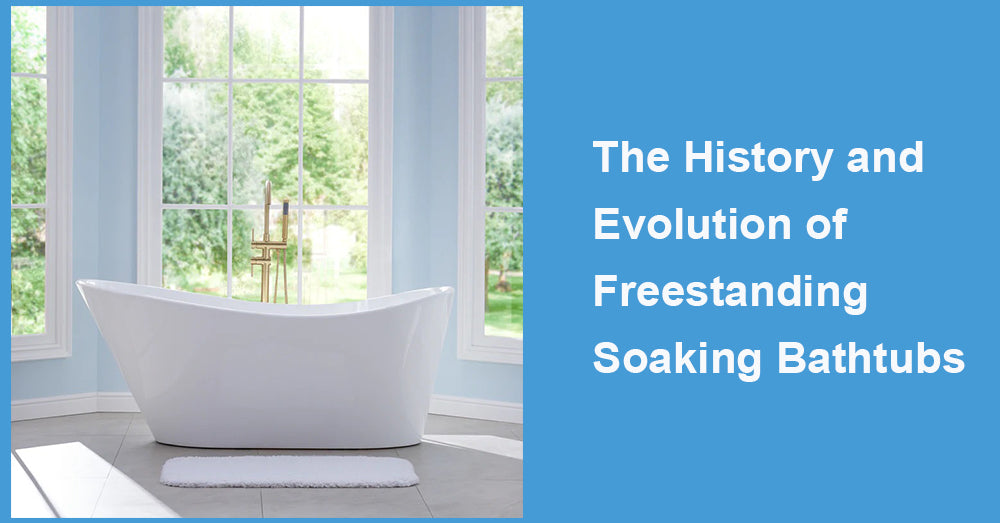
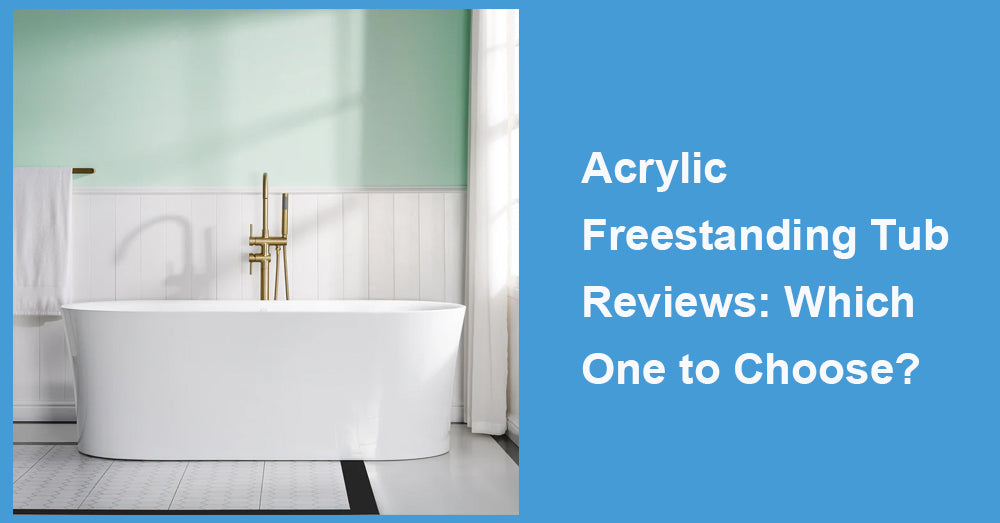
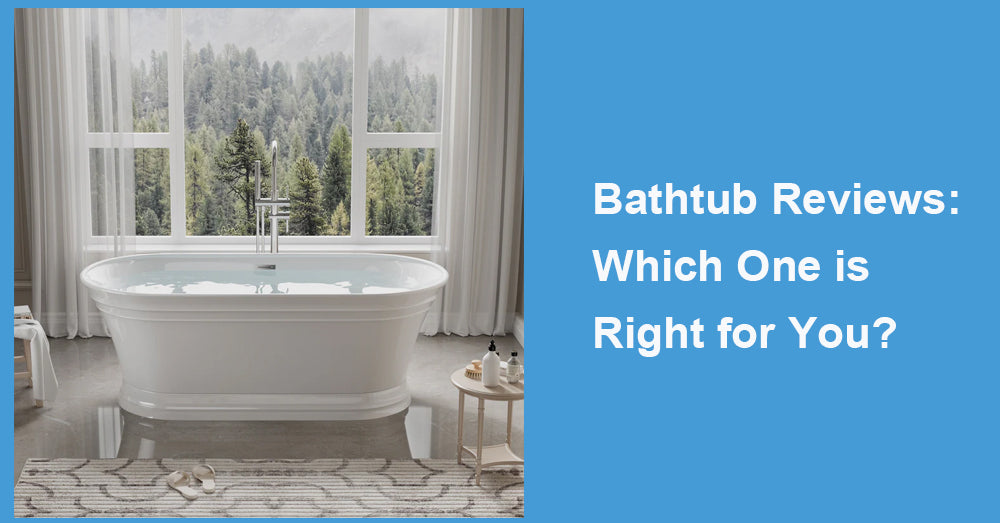
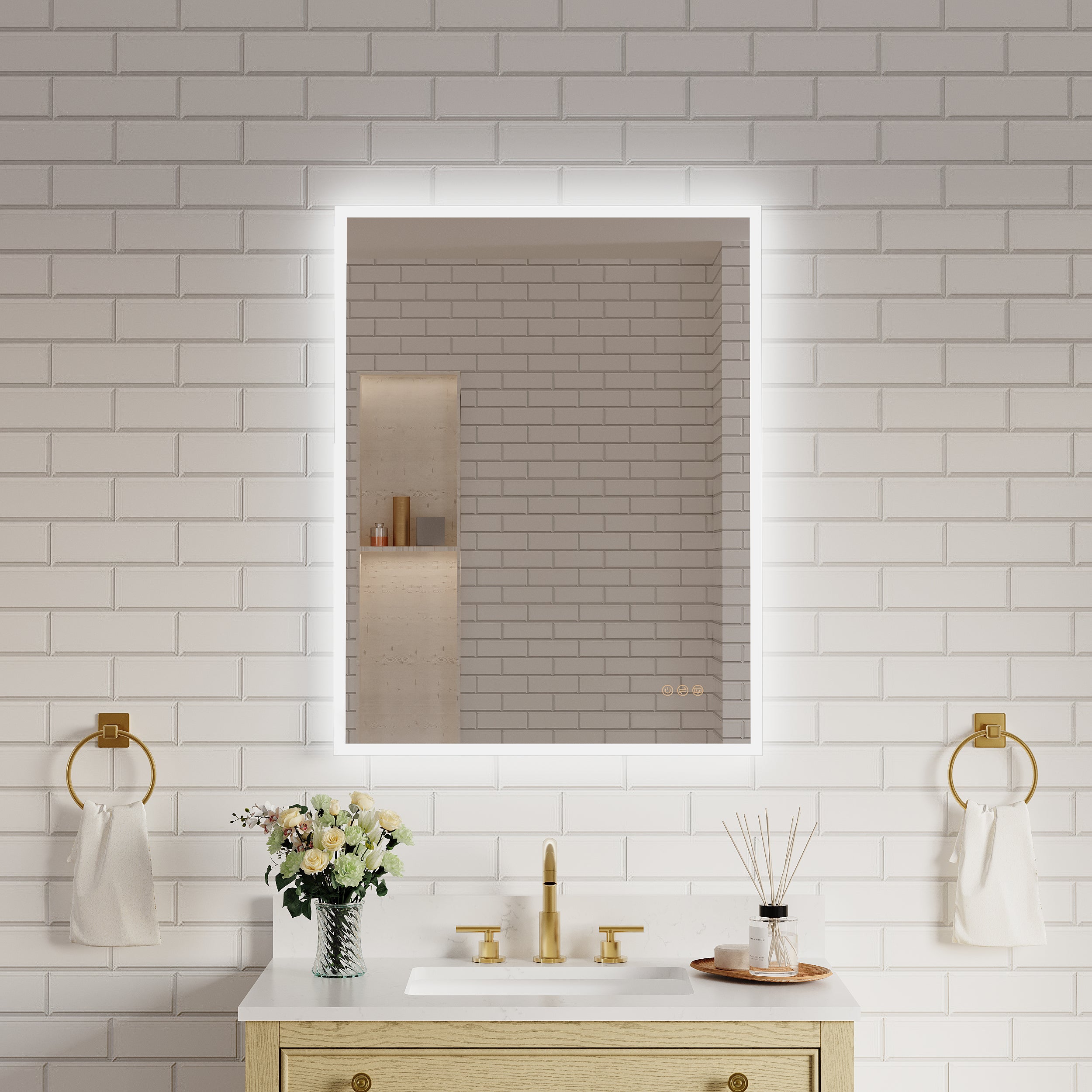

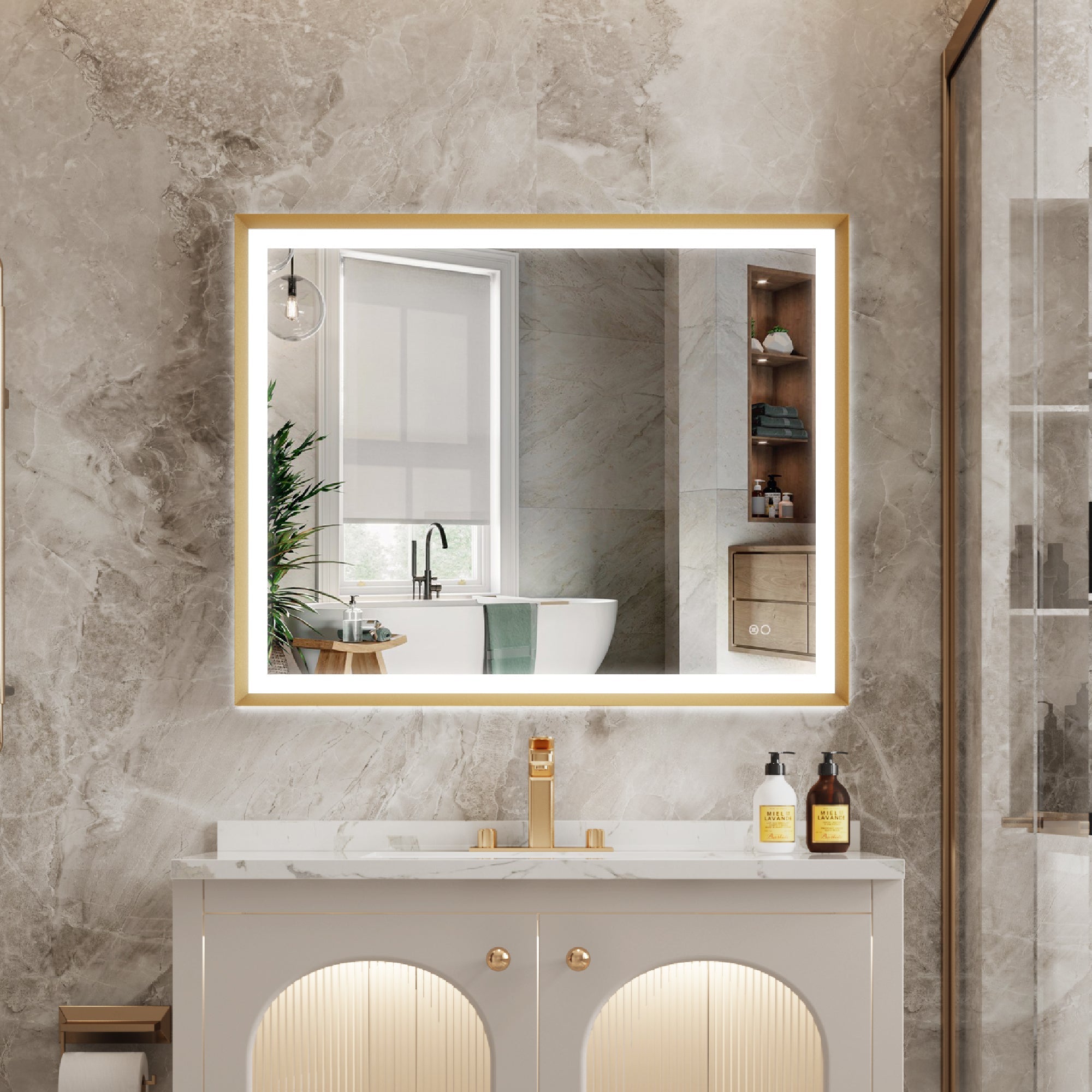

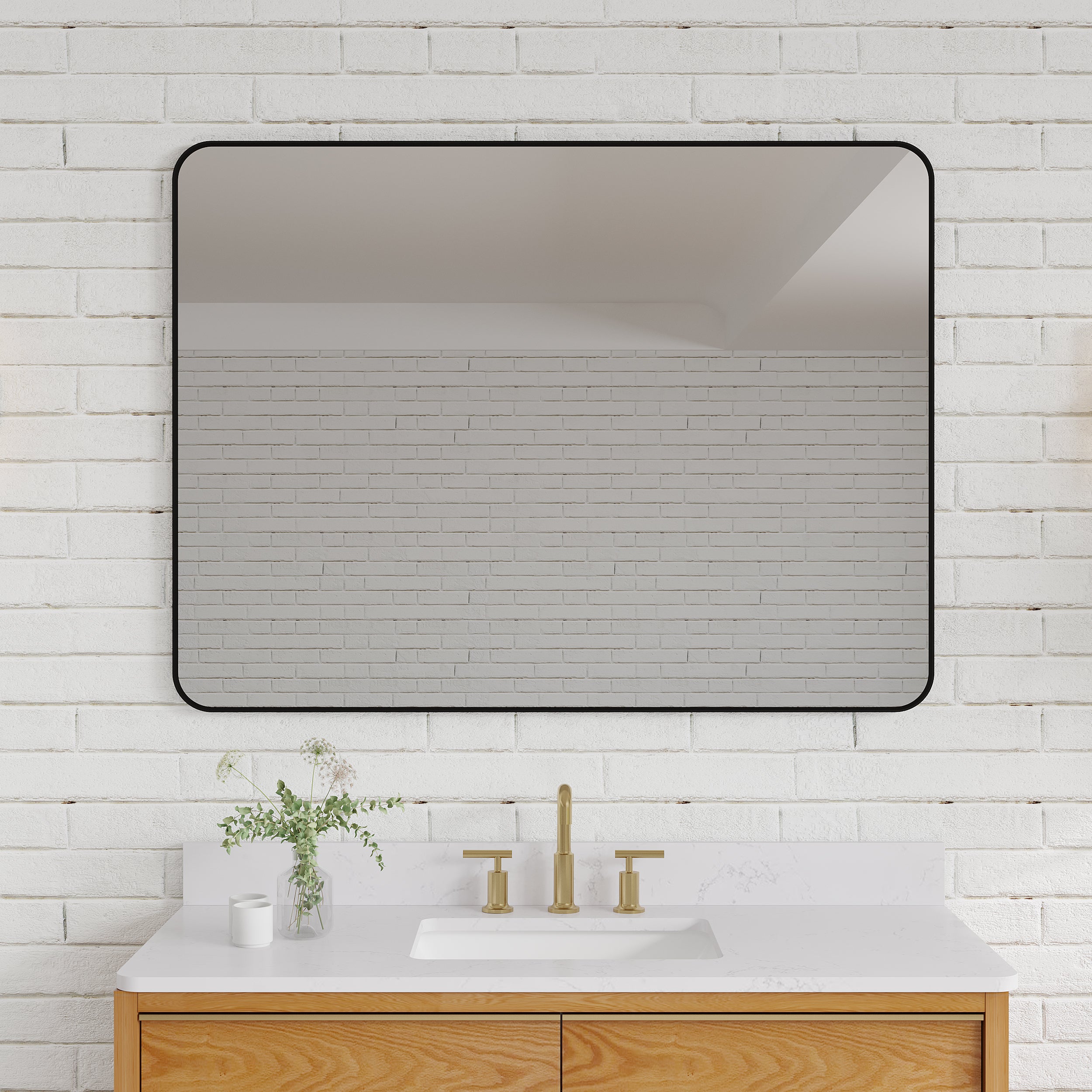

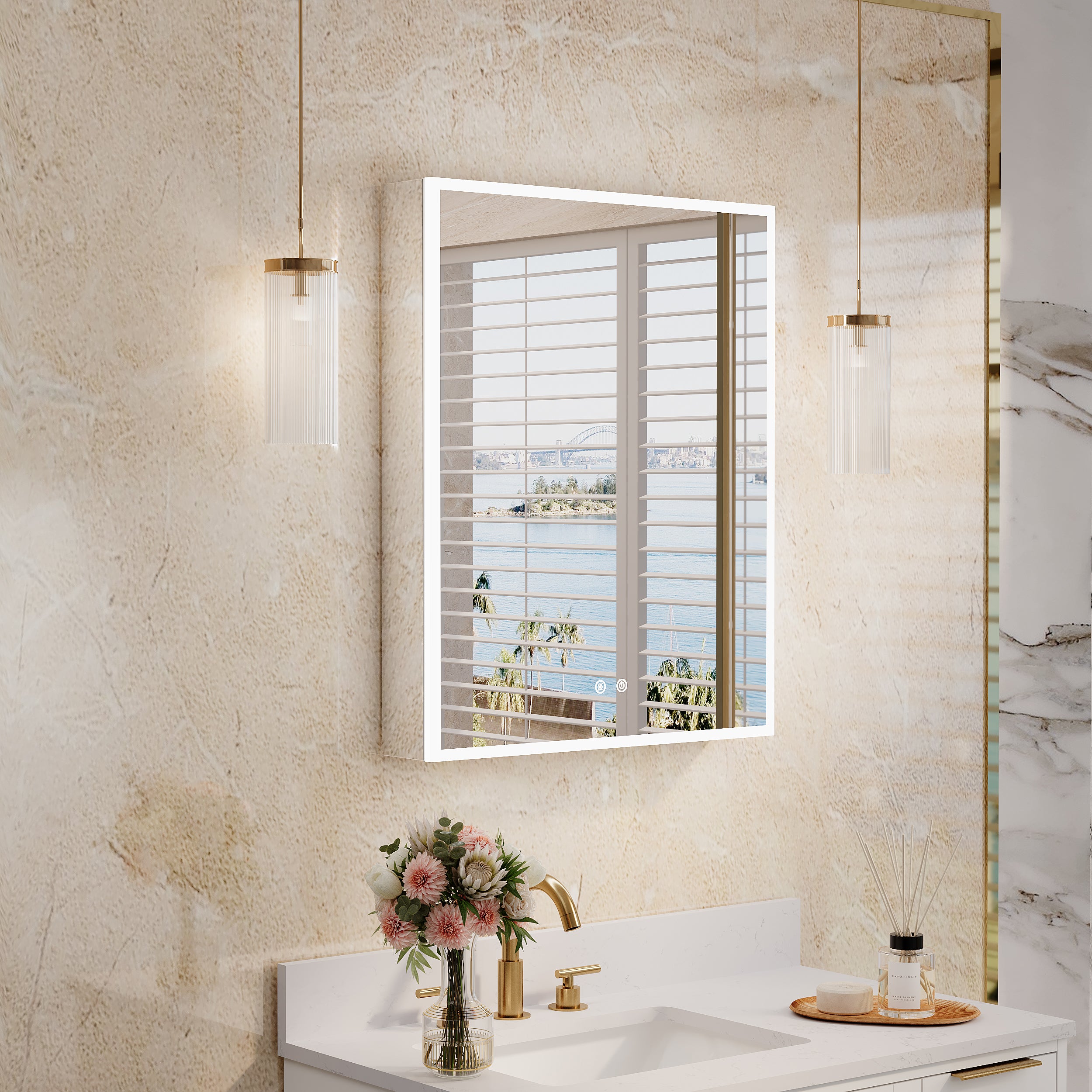
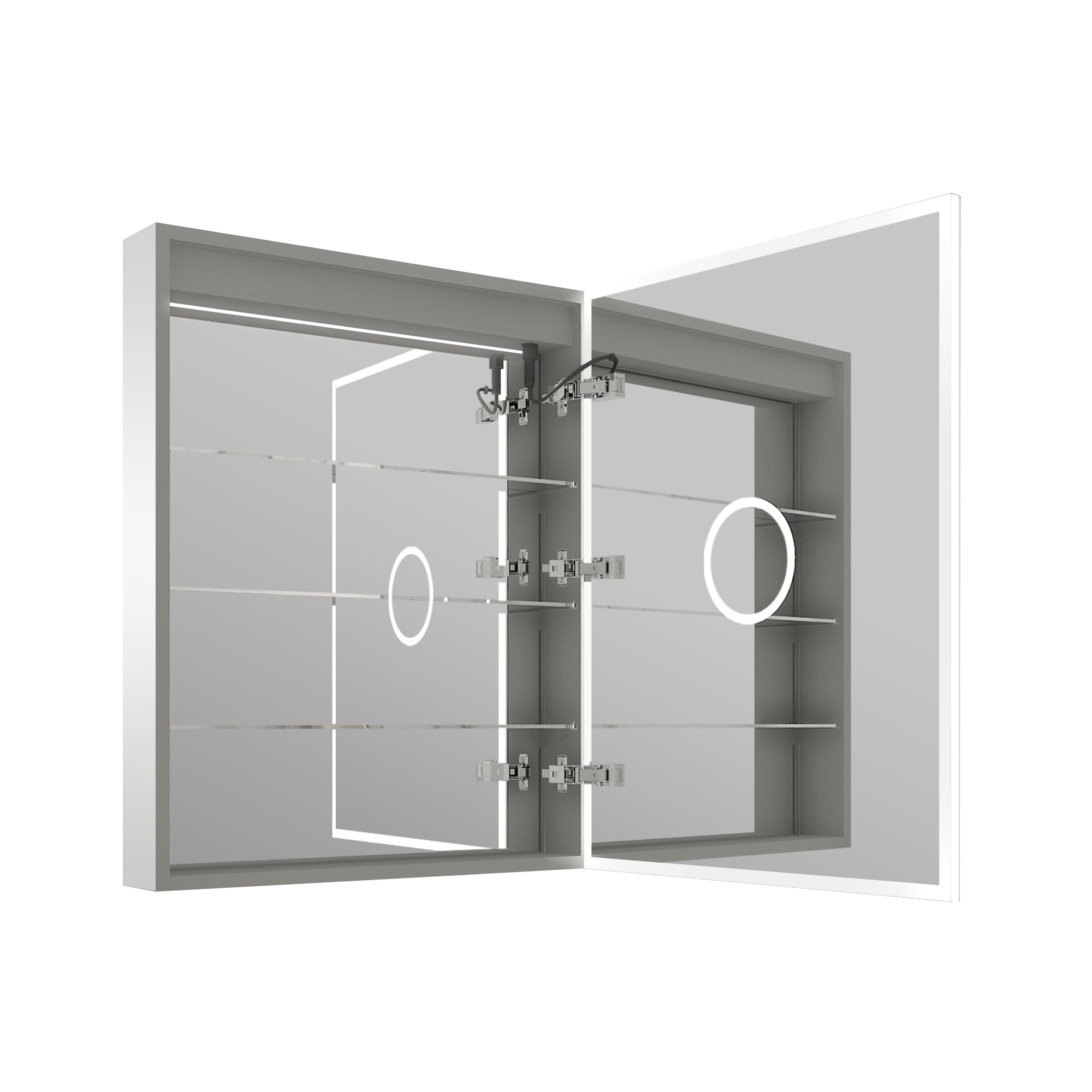


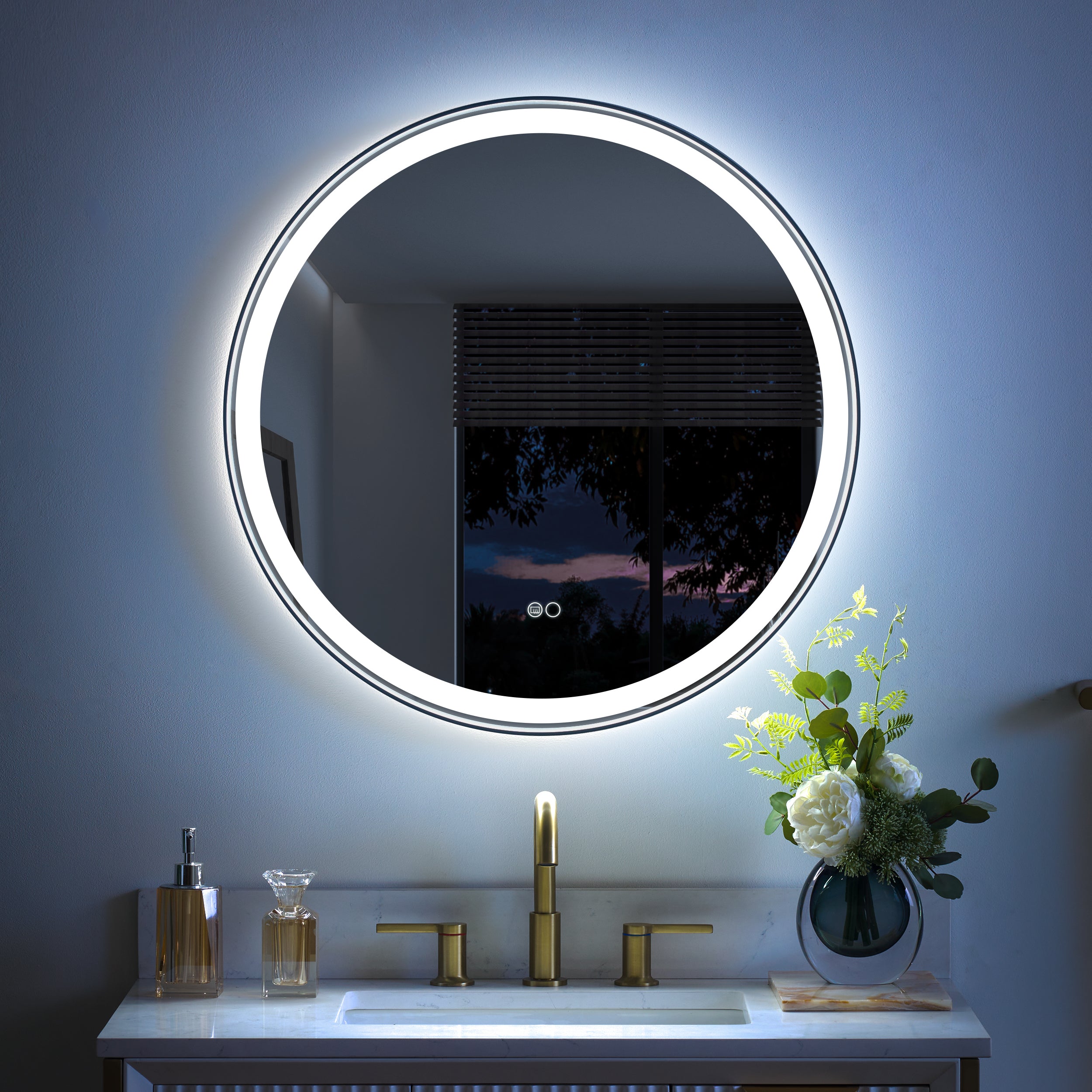

Leave a comment
This site is protected by hCaptcha and the hCaptcha Privacy Policy and Terms of Service apply.